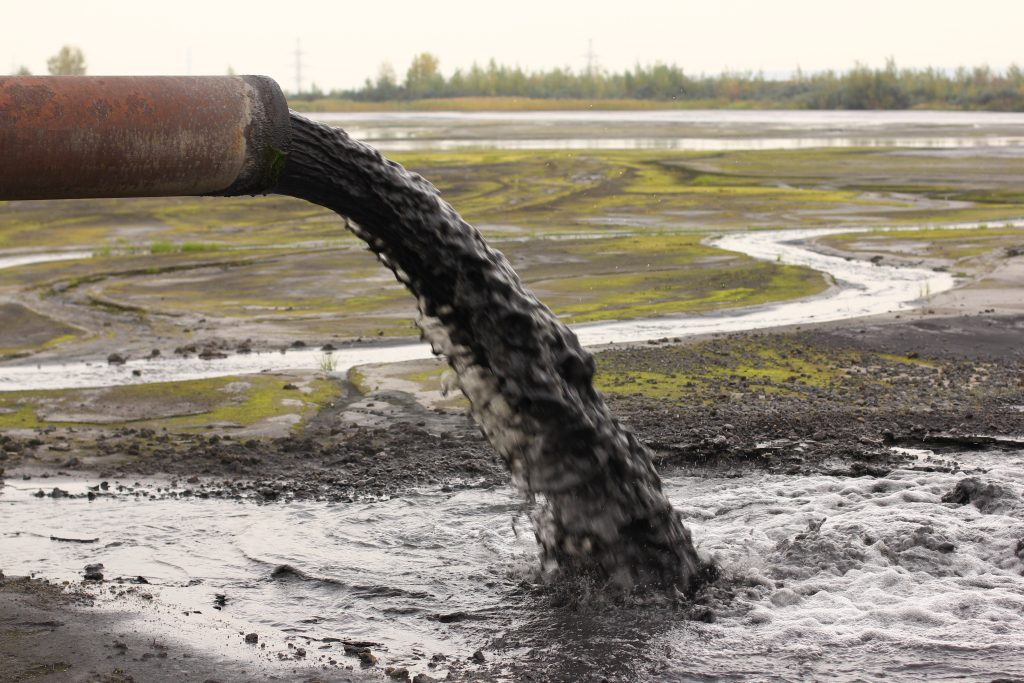On Tuesday 10 May, IMSE staff Leah Adamson and Isabella von Holstein joined Ambrose Taylor of the Science and Engineering for Cultural Heritage (SERCH) network for a tour of the new Victoria and Albert Museum Conservation Science laboratory.
On Tuesday 10 May, IMSE staff Leah Adamson and Isabella von Holstein joined Ambrose Taylor of the Science and Engineering for Cultural Heritage (SERCH) network for a tour of the new Victoria and Albert Museum Conservation Science laboratory.
According to the UN, 2.4 billion people do not currently have access to basic clean water and sanitation, and each day, nearly 1,000 children die due to preventable water and sanitation-related diseases. Meanwhile, pollution from fertilizers, oil spills and human waste contaminate rivers, lakes and oceans. More than 80 percent of wastewater resulting from human activities is discharged into rivers or seas without any treatment to remove hazardous contaminants (Figure 1).

Given the UN Sustainable Development Goal 6 of delivering access to water and sanitation for all, how can new materials be deployed to help? Pavani Cherukupally is working on developing low-cost sponges which can remove pollutants from water.